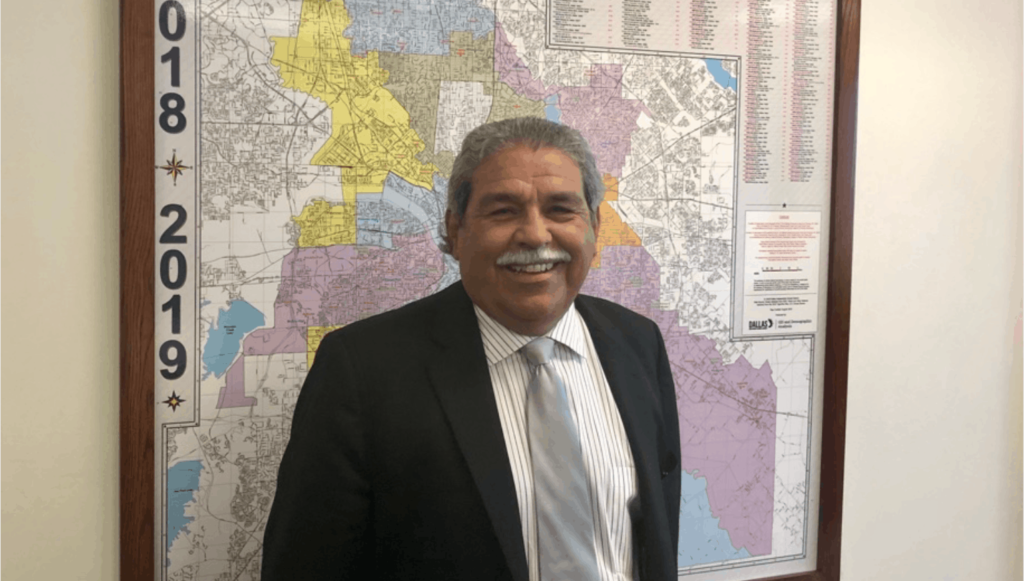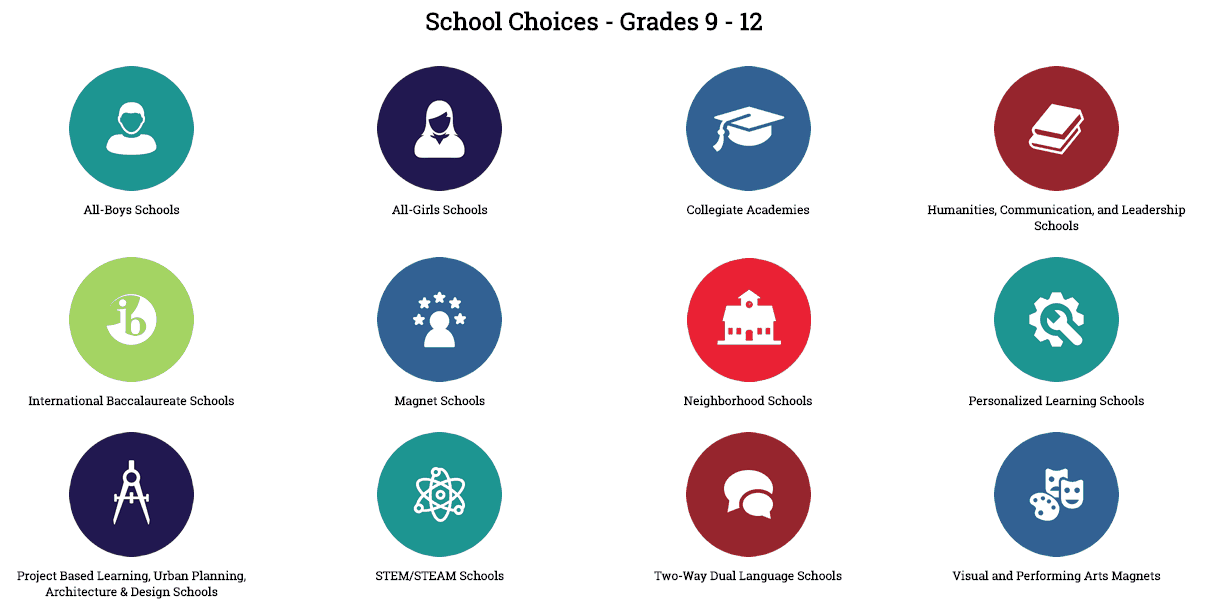Making Dallas Schools Work for Students, Teachers and Business

Dallas is in his DNA. Dr. Michael Hinojosa grew up raised a family, taught and coached, and has served as superintendent of schools for Dallas ISD for 10 years.
The biggest metroplex in the south, Dallas added more than a million people in this decade. It’s a global business center with more Fortune 500 companies than all but New York and Chicago.
DISD (@Dallasschools) is a large district on the upswing in terms of improvement, with 155,000 students in 230 schools. Seven of 10 students are Hispanic. But like Houston, Dallas has welcomed immigrants from around the world adding global diversity to many schools.
Hinojosa has a thoughtful board, a strong team and three times the average longevity—all reasons education in Dallas keeps getting better. On a recent visit, we spotted ten reasons Dallas is flourishing.
1. Investing in Key Stakeholders. Big city superintendents lead massive organizations. Layers of politics make it even more challenging. Hinojosa is systematic about how he addresses the needs of key stakeholders. He devoted Monday to his staff and Wednesday to visiting schools, Thursday is school board day. The other days are about building community.
Hinojosa built support to pass two huge construction bonds, a $1.35 billion bond program approved in 2008 that added 14 new schools and a $1.6 billion bond program approved by 2015–it will add nine new and replacement schools, and provide renovations, additions and improvements to most other schools. The bonds allow Dallas students to learn in state-of-the-art facilities with modern technology.
2. Quality Early Learning. Dallas four-year-olds have access to full day learning and care often with a certified teacher. DISD has created partnerships with day care centers to improve quality. Hinojosa sees evidence in third grade performance that the emphasis on early learning is working.
3. Dual Literacy Priority. With 150 dual language elementary schools, Dallas has the largest bilingual program in the country. In the “Two-Way Dual Language Program” English speakers can learn Spanish and Spanish speakers can learn English. The goal is to help students become biliterate and bilingual global citizens. (Houston and El Paso have similar commitments to dual language learning.)
4. Teacher Preparation and Development. DISD has several active teacher recruting partnerships including Urban Teachers and Teach For America as well as “grow your own” partnerships with University of North Texas at Dallas.
Dallas teachers benefit from extensive professional learning including great resources on personalized learning with a great toolbox (and active online presence, @PersonalizeDISD) that we spotted on the conference circuit.
DISD teachers also participated in How I Know, a formative assessment project sponsored by the Michael and Susan Dell Foundation (see a great summary from Arlena Gaynor, Director of Reading Language Arts).
The Teacher Excellence Initiative seeks to encourage and reward effective teaching. It replaces the traditional teacher salary schedule with a compensation system based on nine effectiveness levels.
5. Support the Whole Child. DISD trustees adopted guidance for teaching social and emotional learning in 2016. Schools work with the Student Engagement and Counseling Services Department to engage in a series of SEL professional learning sessions.
“Focusing on social and emotional learning helps us develop the whole child,” said Rogers Elementary Principal Lisa Lovato. “Students learn better when they feel better.” Lovato added, “And by focusing on the whole child, we are setting our students up for success.”
6. Comprehensive Approach to Struggling Schools. Dallas participates in Accelerating Campus Excellence, a county wide program that supports strong school leadership, effective teachers, and high expectations for both students and staff. The ACE plan incentivizes top teachers and principals to work at the district’s highest-need schools to ensure that effective teachers are in the classrooms where they are most needed. Hinojosa notes that there are more than 400 teachers working in hard to staff schools making more than $80,000.
7. High School Options. Responding to student, parent and community interest, DISD offers a dozen different kinds of high schools (below). They have replicated ideas from high performing national and regional networks. “We have a strong evaluation department and offer great transportation options,” said Hinojosa.

8. P-tech Innovation. DISD will has 25 collegiate academies (also called early college high schools) where students can earn up to 60 hours of college credit and an AA degree with their high school diploma. With the help of 75 business partners, the 18 P-TECH schools offer work experience, industry certificates in selected career pathway and job placement after graduation. It’s the biggest concentration of P-TECH schools in any city in the country.
Hinojosa is confident that collegiate academies will boost college completion rates, he thinks 70% of graduates will complete a four-year degree. He said Dallas County Community College has been a great early college partner. (With close to 200 in the fall, Texas has by far the biggest and best network of early college high schools in the country).
9. Make College Affordable. With the help of Dallas County Promise, DISD students get college awareness and enrollment assistance–and community college is free even for students not in the collegiate academies. Hinojosa said “It takes out affordability as an excuse.”
10. Keep Learning. Hinojosa scans what’s happening all over the country. He participates in the Council of the Great City Schools where he said, “We learn from each other.”
In an effort to make his big district more nimble, he “practices strategic thinking more than strategic planning.” An example is a new deep dive his team is making into racial inequity in an effort to boost African American achievement. They are asking tough questions about culture and funding. They created office of racial equity to monitor progress.
Hinojosa is an affable humble learner. As he’s quick to tell students, “You gotta do you, but it’s not about you.”
Add Dallas ISD to your list of districts worth visiting.
For more see:
- How I Know: Impacting the Classroom through Student-Driven Learning in Dallas
- The Role of Trustees in Shaping, Supporting the Innovation Agenda (podcast with El Paso Superintendent Juan Cabrera)
- Denver Public School System Exemplifies A Healthy Education Ecosystem (podcast with former Denver superintendent Tom Boasberg)
Stay in-the-know with all things EdTech and innovations in learning by signing up to receive the weekly Smart Update.
This post was originally published on Forbes.







0 Comments
Leave a Comment
Your email address will not be published. All fields are required.